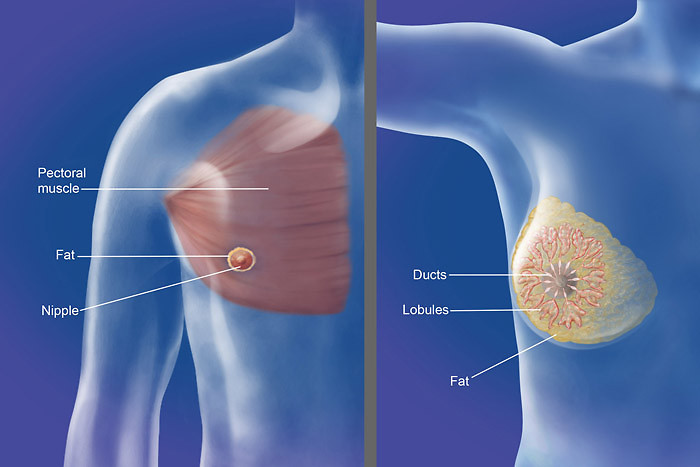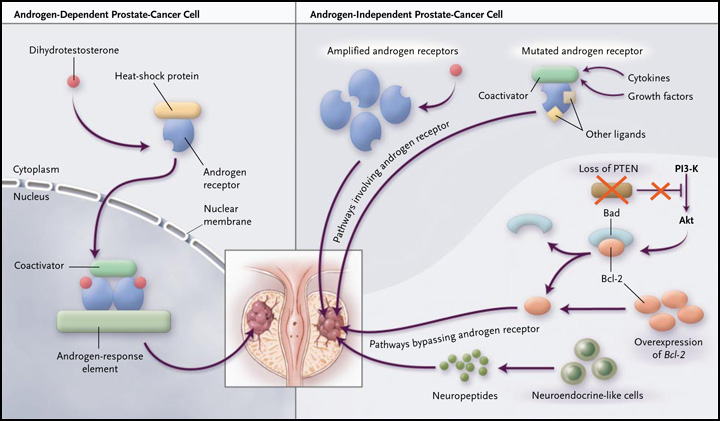The hormones estrogen and progesterone are of most significance when it comes to the development of the female breast. Both of these hormones work in conjunction with their receptors to impart various aspects of development to the breast. The hormone estrogen is credited with the formation of the duct that is found in the breast while the hormone progesterone is key in the development of the alveolar. Inasmuch as these twin hormones are instrumental in the correct formation of the mammary glands it must be said that these two cannot achieve their optimal roles in the absence of other mediators which act as anterior hormones. It is correct to state that the complete formation of the breast is therefore founded upon the joint effort of these hormones and other mediators.
We must credit the ability of the hormone estrogen though because it is capable of stimulating the excretion of the growth hormone that is definitely instrumental in the rise of the mammary glands. This is a very important point because the growth and placement of the duct in the mammary gland is a result of some form of synergy between the growth hormone and the estrogen.
The fact of the matter though is that the twin hormones that have been described i.e. the estrogen and the progesterone cannot possibly accomplish the task in the absence of the other secondary’ hormones that are produced in the pituitary. Tests have been conducted in dogs through the use of the compound medroxy-progesterone-acetate in the place of the progesterone. These tests have revealed that this hormone also happens to trigger the stimulation of growth hormone production and the meaningful conclusion that can be drawn here is that these two hormones actually require the presence of growth hormone if at all the task is to be accomplished perfectly.
Some tests have also shown that there is a sort of correlation that exists between the process of the cellular formation of the breast and specific phases in the woman’s menstrual cycle. This can be demonstrated by the fact that there is little proliferation in the cellular formation in the follicular phase. In this phase it is known that the estrogen levels are at a high but the levels of the progesterone are severely dipped at this particular time.
In the instance that the alveolar formation is handicapped then it is possible for a situation to arise where the progesterone will become analogous to estrogen and will go on to stimulate the secretion of the growth hormone. In effect what happens here is that the progesterone will go on to influence the development of the breast and this specifically results in the alveolar differentiation. One of the secondary hormones that are utilized in this development is prolactin. It is also produced courtesy of the pituitary gland.
In effect, there are a number of circumstances that influence the formation of the breast and these have to do with the alteration of steroidal influences which in turn do contribute to varying levels of production of the main hormones used in this task. A condition that stimulates more estrogen production may lead to gynecomastia in the male body.




